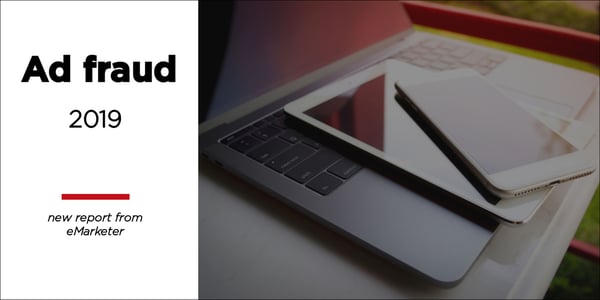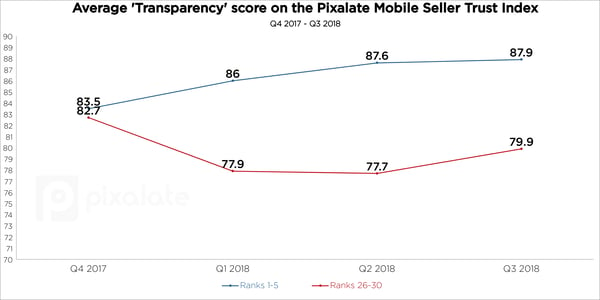
This week's review of ad fraud and quality in the digital advertising space.
Attending Mobile World Congress 2019? Meet with Pixalate to discuss the latest trends in mobile advertising.

eMarketer recently released the Digital Ad Fraud 2019 report, noting that mobile and video are the riskiest channels for advertisers. The comprehensive report features everything you need to know about invalid traffic (IVT) and ad fraud in 2019, including the latest stats and estimates from Pixalate.
Our blog post highlights some of the key takeaways. Read more.

"As advertisers funnel more dollars toward over-the-top (OTT) video, they may want to keep ad fraud concerns in the back of their mind," wrote eMarketer in an article exploring the latest trends in OTT ad fraud. "In a Q3 2018 study, Pixalate found that 19% of worldwide OTT impressions were invalid, due to a combination of fraud and ad serving and measurement errors caused by technical malfunctions," the article noted.
"Companies may fear that acknowledging the existence of fraud in their platforms could make them vulnerable, but [Pixalate VP of Product Marketing Amy] King believes that transparency is the best way to reduce fraud," eMarketer added.

Pixalate recently released the Q3 2018 Seller Trust Indexes, and we examined historical data from the Mobile Seller Trust Index (MSTI) to identify some industry-wide trends. Per the MSTI, the top mobile in-app sellers have become increasingly transparent, a potential response to calls for more transparency in the in-app advertising world. Learn more.

Reporting on a recent Forrester Consulting and PubMatic study, Mobile Marketer reported that "just over half (52%) of brand advertisers said their biggest concern about in-app advertising was ad fraud, while 36% of their agency partners reported the same concern."

"Scammers recently found a new workaround for one of the advertising industry’s most significant efforts to protect marketers from being tricked into buying ads on fake websites," reported the Wall Street Journal. The scheme involved fake websites, malware, botnets, and find a workaround to ads.txt.
*By entering your email address and clicking Subscribe, you are agreeing to our Terms of Use and Privacy Policy.
These Stories on Weekly Recaps
*By entering your email address and clicking Subscribe, you are agreeing to our Terms of Use and Privacy Policy.

Disclaimer: The content of this page reflects Pixalate’s opinions with respect to the factors that Pixalate believes can be useful to the digital media industry. Any proprietary data shared is grounded in Pixalate’s proprietary technology and analytics, which Pixalate is continuously evaluating and updating. Any references to outside sources should not be construed as endorsements. Pixalate’s opinions are just that - opinion, not facts or guarantees.
Per the MRC, “'Fraud' is not intended to represent fraud as defined in various laws, statutes and ordinances or as conventionally used in U.S. Court or other legal proceedings, but rather a custom definition strictly for advertising measurement purposes. Also per the MRC, “‘Invalid Traffic’ is defined generally as traffic that does not meet certain ad serving quality or completeness criteria, or otherwise does not represent legitimate ad traffic that should be included in measurement counts. Among the reasons why ad traffic may be deemed invalid is it is a result of non-human traffic (spiders, bots, etc.), or activity designed to produce fraudulent traffic.”

